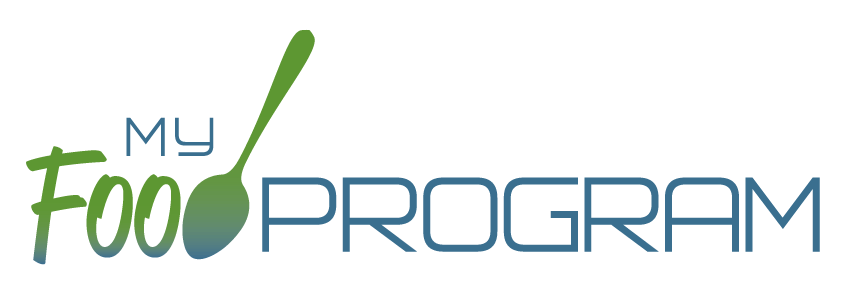
The Child and Adult Care Food Program (CACFP) and Summer Food Service Program (SFSP) are both federal programs of the United States Department of Agriculture (USDA). But did you know that USDA enters into a separate agreement for the administration of the CACFP and SFSP with an agency in each state and territory?
The means that there are over 50 sets of CACFP and SFSP policies, procedures and forms. The state administration approach is beneficial in that state agency staff can be more in-tune with the needs in their communities and partner with CACFP and SFSP facilities to collaborate on removing barriers to participation that might be missed at the federal level. But the approach also comes with challenges, some of which are outlined below.
Terminology
Let’s start with the lingo! Every concept and every form in the CACFP and SFSP can have different terminology. Here’s an example: CACFP facilities are required to offer iron-fortified infant formula and solid foods to parents of infants. Sometimes parents accept these and sometimes they decline and provide their own formula (or breastmilk) and food for infants. CACFP institutions are supposed to document if the parents are going to supply their own formula and food or accept that offered by the facility. But what should we call this form? Here are some of the names for this form that we’ve come across:
- Infant Meal Notification
- Infant Meal Form
- Infant Formula/Food Waiver
- Infant Feeding Preference
- Formula Selection and Solid Developmental Readiness Form
- Infant Meal Letter
- Infant Affidavit
- Parent/Guardian’s Form for Declining a Provider’s Infant
- Formula or Food
- Parent Infant Choice Form
- Infant Formula Selection and Solid Foods Form
You can see how it is difficult to compare the administration of the CACFP when there is such variability in terminology. Of course this issue isn’t just for this form! Forms that document how much food was made, any changes to the menu made for participants with special dietary needs, the form that parents complete to place their household in an income eligibility category and more all have different names.
Claiming Percentages
A claiming percentage is a percentage of participants in each income eligibility category: Free, Reduced or Paid. This has a direct impact on the amount of reimbursement that a program is eligible for. Sounds pretty straightforward, right? Well at My Food Program we’ve come across 7(!) different ways that state agencies have developed to calculate a claiming percentage. And we need to accommodate them all. These are some the variables that go into a claiming percentage calculation:
- Did the participant attend the facility this month?
- Did they eat a meal or snack?
- Did they have an enrollment form?
- Do you calculate a claiming percentage every month or just once a year?
Reimbursement Calculation Methods
Another example of variability across state is in calculating how much reimbursement should be paid. There are three options that are outlined by USDA and a state may give sponsors the option of which to select or the state agency might determine which one they use for each of the types of facilities eligible for CACFP or SFSP participation. This can make it next-to-impossible to answer the question, “how much money did I miss out on as a result of disallowed meals?”
How My Food Program Can Help
Our mission is to make the CACFP and SFSP easier through software. Part of how we do that is to provide our customers with lots and lots and LOTS of options for how to collect and report data. This makes our software highly customizable and allows us to generate claim data that is accurate for the specific way that the CACFP and SFSP are administered in your state.
In fact, after you’ve decided to partner with us for your software needs, the first thing we do is send out an online survey that asks you questions about how you want the software to work so that we can uphold our promise for accurate claims. Ready to get started? Contact us today.
